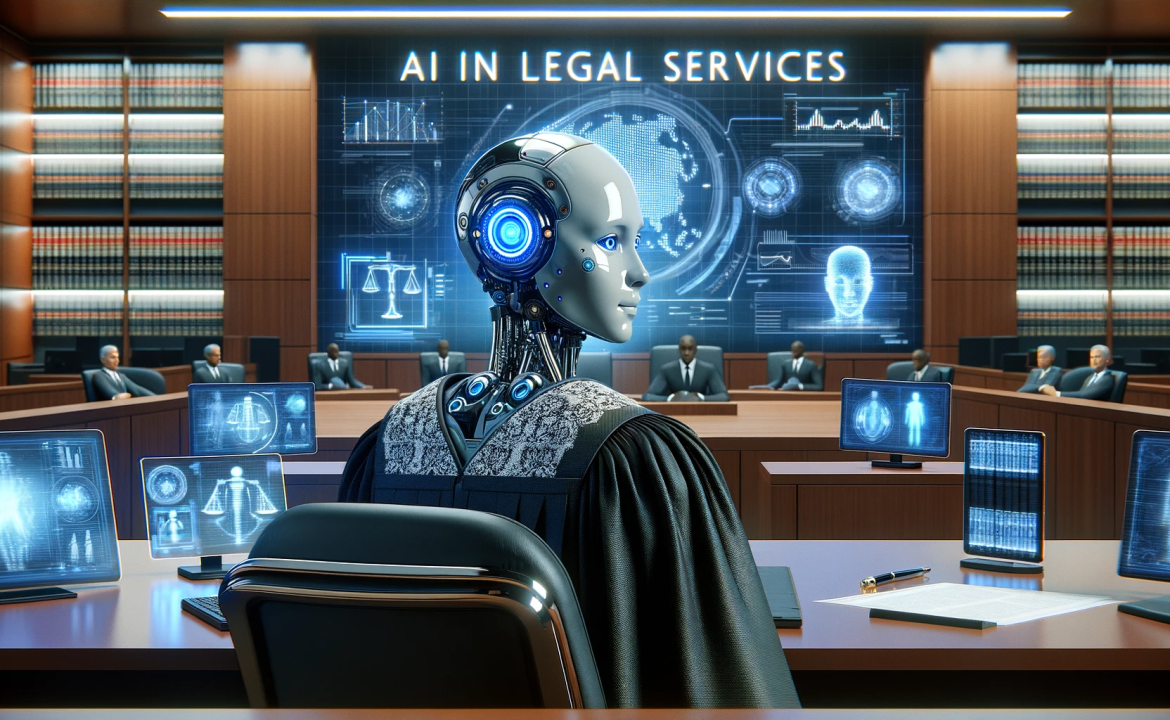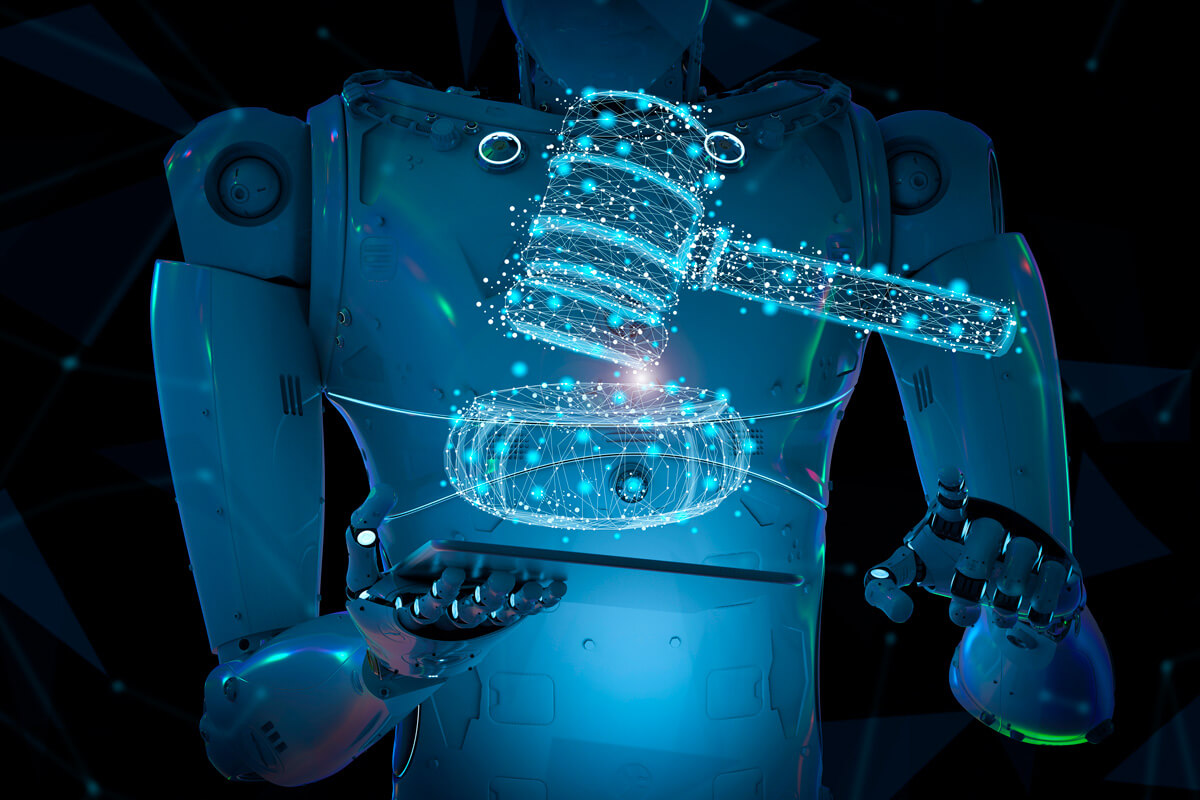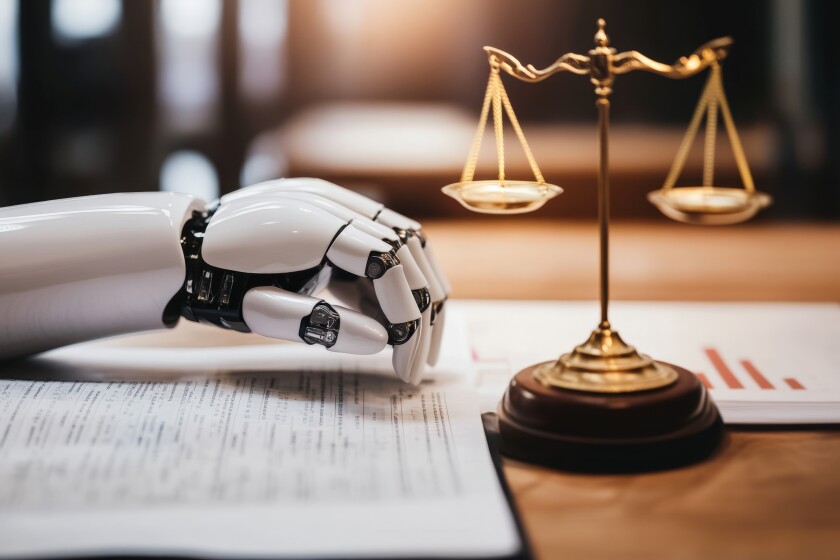Artificial Intelligence (AI) is steadily becoming a part of the legal landscape, assisting with tasks like document review, legal research, and case predictions. While AI offers efficiency and powerful data-processing capabilities, its growing role in law brings a set of unique challenges and concerns that must not be overlooked.
What Are the Drawbacks of AI in Law?
AI in law involves using machine learning, natural language processing, and predictive analytics to automate or assist in legal processes. Despite its advantages, several drawbacks raise important ethical, procedural, and practical questions.
Key Challenges and Drawbacks of AI in Law
Lack of Human Judgment
AI systems can process information quickly, but they cannot understand the nuanced reasoning, moral considerations, and emotional factors often involved in legal decisions. The absence of human judgment can lead to outcomes that are technically correct but ethically questionable.
Potential for Bias and Discrimination
AI models are trained on historical legal data, which may contain systemic biases. This can lead to biased predictions or recommendations that unintentionally perpetuate discrimination based on race, gender, or socioeconomic status.
Limited Accountability
When AI systems make mistakes in legal contexts, it’s often unclear who should be held responsible—the developer, the legal professional using the AI, or the organization that deployed it. This lack of accountability can complicate legal liability and erode trust.
Data Privacy Concerns
AI in law often requires access to large volumes of sensitive, confidential information. Improper data handling or security flaws can lead to privacy breaches, putting client data and case integrity at risk.
Over-Reliance on Technology
There is a growing concern that excessive dependence on AI tools may lead to skill degradation among legal professionals. If lawyers rely too heavily on AI for research, analysis, or decision-making, critical thinking and case interpretation skills may suffer over time.
Regulatory and Ethical Gaps
AI applications in law are advancing faster than regulatory frameworks can adapt. There are few clear guidelines on how AI should be used in legal settings, which can create ethical grey areas and inconsistent practices across jurisdictions.
Risk of Inaccuracy
Although AI systems can quickly process and analyze data, they are not immune to errors. An AI model may misinterpret legal language, produce incorrect summaries, or overlook key case details, potentially impacting the outcome of legal proceedings.
Conclusion
While AI has the potential to improve efficiency in the legal sector, its drawbacks highlight the need for caution, oversight, and human involvement. Issues like bias, accountability, and ethical considerations must be addressed to ensure that AI serves as a tool to assist—not replace—the critical thinking and ethical judgment that lie at the heart of the legal profession. A balanced, responsible approach is essential for the successful integration of AI into law.







Leave feedback about this